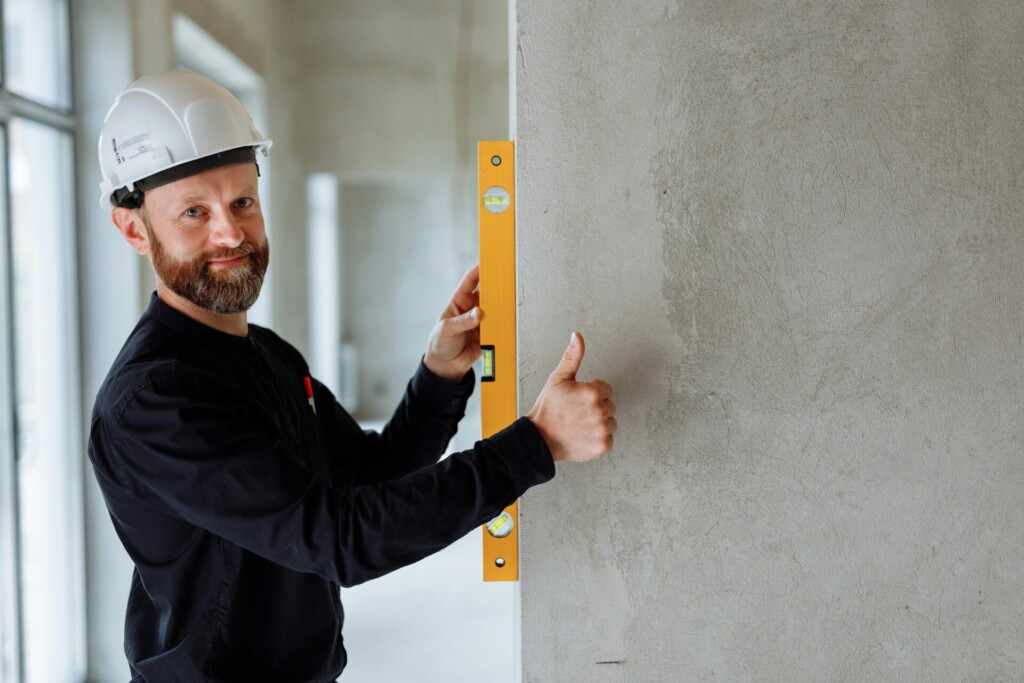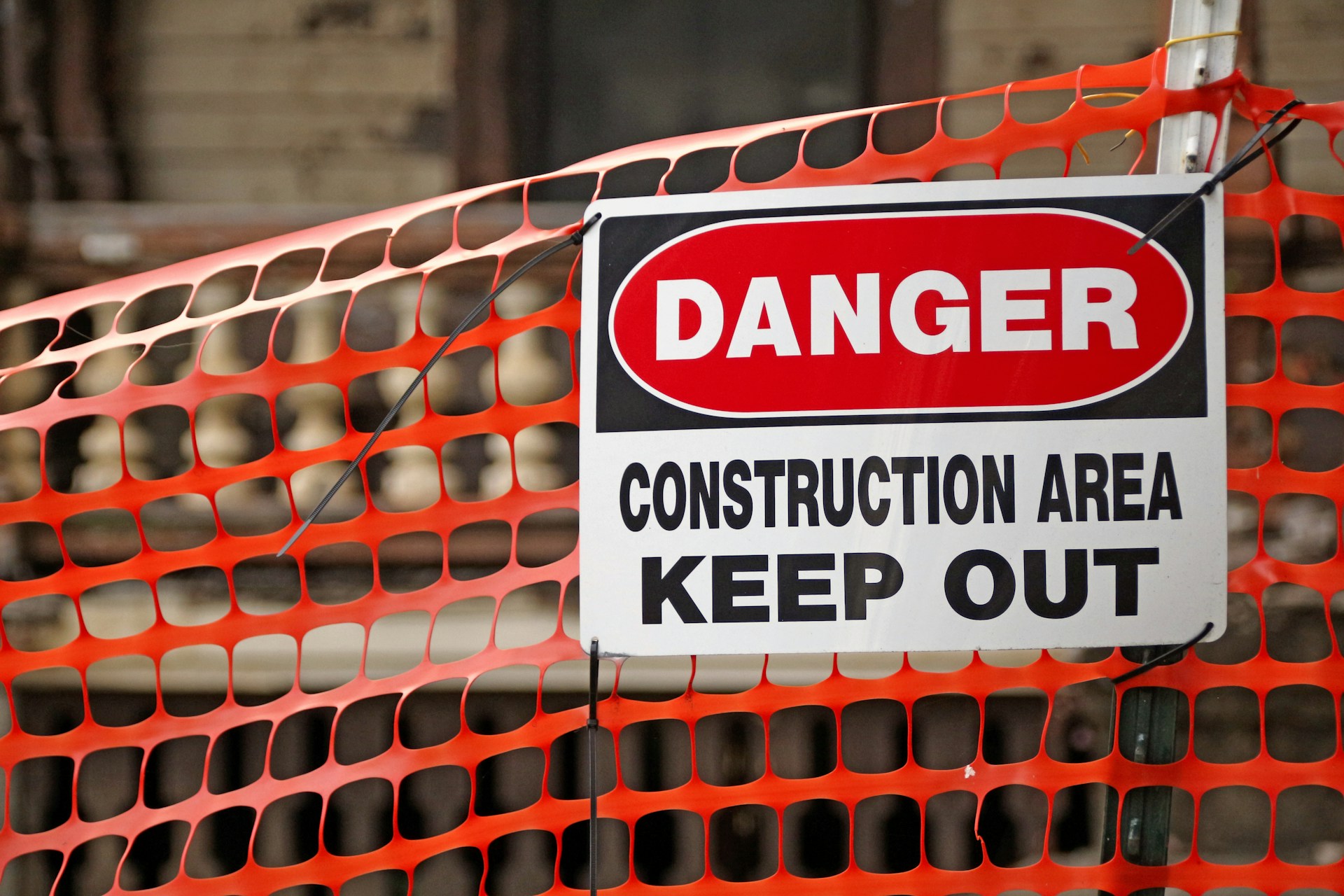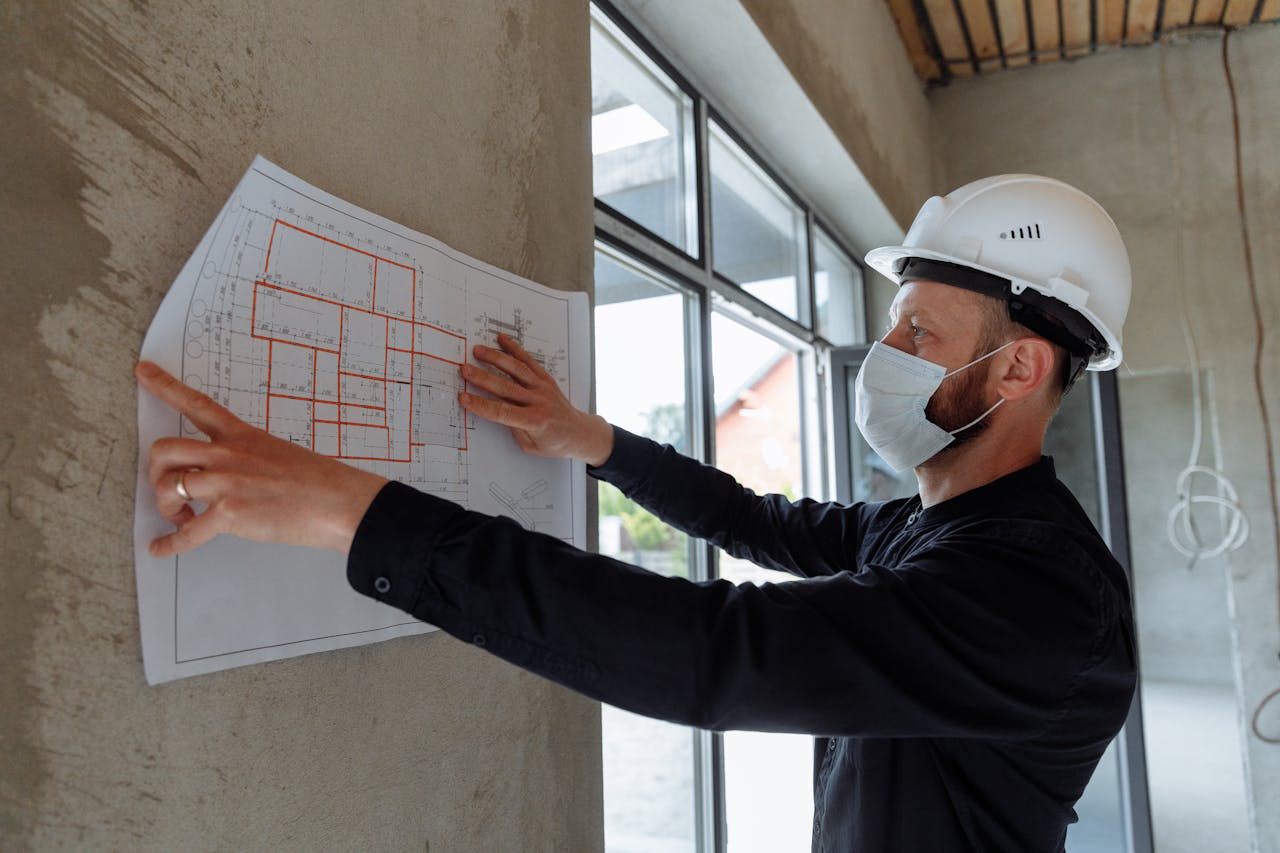Commercial construction projects often encounter unexpected expenses that can quietly erode profits if not managed effectively. As we handle complex builds in today’s unpredictable market, these concealed costs pose a significant threat to project budgets and timelines. Identifying and proactively addressing these hidden expenses is essential for protecting our profits and ensuring successful outcomes for clients.
We’ve observed how easily hidden costs accumulate without proper oversight. Issues such as inefficient scheduling or poor communication between teams can rapidly lead to costly delays and rework. In an industry where margins are already tight, even small budget overruns can differentiate between a profitable project and one that loses money.
This is why we emphasize comprehensive planning and detailed cost tracking from the start. By identifying potential expense traps early on, we can implement targeted strategies to keep projects on budget. This proactive approach not only safeguards our bottom line but also builds trust with clients who value our commitment to financial transparency and cost control.
In our experience, the most impactful hidden costs often arise from minor oversights in areas like procurement, labor management, and regulatory compliance. If left unaddressed, these can quickly turn into major financial headaches.
How Does Inefficient Project Management Impact Construction Costs?

Inefficient project management can be a significant hidden cost driver in commercial construction projects. Poor scheduling and communication breakdowns often lead to delays and unexpected expenses, which can strain budgets. When projects fall behind schedule, costs tend to escalate swiftly.
Consider labor costs. If crews are left waiting due to scheduling issues, their time is still being paid for even if no productive work occurs. Similarly, equipment rental fees continue to accumulate whether the machinery is actively used or idle. Additionally, material costs can surge if items need to be rush-ordered or stored for extended periods.
Communication problems between contractors, subcontractors, and other stakeholders frequently result in costly mistakes and rework. For instance, if a subcontractor misunderstands the scope of work due to unclear instructions, they may install incorrect materials or components. Correcting these errors requires additional labor hours, wasted materials, and can have ripple effects on the project timeline.
The good news is that modern construction project management software can help mitigate many of these issues. We utilize platforms that create a centralized hub for information sharing, progress tracking, and real-time issue resolution. This allows our team to identify potential problems early and keep all parties aligned on project goals and timelines.
By improving communication channels and providing greater visibility into project status, we can often prevent minor delays from escalating into major cost overruns. Proactive management and leveraging the right technology are essential for keeping construction projects on track and within budget.
What Are the Costs of Material Issues and Technology Gaps?
In commercial construction, material defects and shortages can quickly derail a project’s budget and timeline. Receiving substandard materials on-site leads to a cascade of problems, including installation issues, unnecessary waste, and the need for costly replacements. These are not just minor inconveniences; they represent significant hidden costs that can severely impact a project’s bottom line.
Material shortages pose an equally challenging problem. When essential supplies run low, alternative sources are often sought at premium prices. This disruption drains financial resources and halts progress as solutions are sought. The resulting ripple effects can throw off scheduling, labor allocation, and overall project momentum.
On the technology front, gaps in implementation and integration create their own costly inefficiencies. For example, Building Information Modeling (BIM) can lead to design clashes and coordination errors if not fully embraced or properly executed, resulting in crews redoing work and wasting time and materials.
Fragmented software systems in various aspects of project management present another technological pitfall. Disparate platforms lead to duplicate data entry, increased risk of errors, and delayed decision-making. This lack of seamless communication between departments can significantly hinder project timelines and overall efficiency.
To combat these issues, implementing a unified Enterprise Resource Planning (ERP) system can be transformative. By integrating all critical business functions into a single platform, operations are streamlined, visibility is improved, and operational efficiency is enhanced. This centralization reduces hidden costs associated with manual data entry and reconciliation, enabling better decision-making and resource optimization.
While the upfront investment in comprehensive ERP solutions may seem daunting, the long-term savings from avoided material issues and improved technological integration far outweigh the initial costs. Addressing these hidden drains on resources allows for more efficient project delivery, tighter budget control, and improved industry competitiveness.
| Hidden Cost Source | Description |
| Billing Mistakes & Incorrect Taxes | Subcontractors often face overspending due to billing mistakes, incorrect tax applications, and failure to secure the best material prices. |
| Field Labor Waste | Poor visibility of material orders leads foremen to spend excessive hours managing material requests, inflating labor costs. |
| Manual Purchase Orders & Invoice Processing | Manual processes waste significant time and resources on data entry and communication, causing inefficiencies. |
| Material Defects & Shortages | Substandard and delayed materials increase costs due to installation issues, wasted resources, and supply chain disruptions. |
| Underutilization of Technology Systems | Failure to fully implement systems like BIM leads to errors and rework, creating inefficiencies and additional expenses. Fragmented platforms impede project management and data synchronization efforts. |
Why Do Quality Control Failures Cost So Much?

Quality control failures can have devastating financial consequences for construction projects. When inspection processes are inadequate or rushed, subpar workmanship often slips through undetected. This oversight leads to a series of costly issues down the line.
The most immediate impact is the need for extensive rework. Discovering defects after completion means tearing out and redoing large portions of work, dramatically inflating labor costs and increasing material waste. For example, finding major structural flaws in a nearly finished building can require demolishing and reconstructing entire floors or systems.
Beyond direct rework expenses, quality failures cause significant project delays. Each day a project runs over schedule incurs additional overhead costs and potentially contractual penalties. These schedule disruptions also prevent crews and equipment from moving on to other jobs, further affecting a company’s bottom line.
The full financial toll of poor quality control often isn’t apparent until long after project completion. Latent defects that emerge over time can lead to warranty claims, litigation, and damage to a contractor’s reputation. These long-term consequences can far outweigh the initial savings from cutting corners on quality assurance.
Fortunately, investing in robust quality management systems offers a clear path to mitigating these risks. Implementing thorough audit procedures at critical project milestones allows issues to be caught early when they’re less expensive to address. Regular inspections and comprehensive compliance checks help identify potential problems before they escalate.
The benefits of prioritizing quality control are quantifiable. Studies have shown that construction companies committed to rigorous quality assurance can achieve cost savings of up to 15% through reduced rework and improved efficiency. This represents a significant boost to profitability, especially on large-scale projects.
We coordinate closely with project teams to implement systematic quality control processes. Our approach emphasizes catching issues early through regular inspections and audits. By addressing small problems before they compound, we help prevent the budget-busting rework and delays that plague many construction projects. The result is smoother project execution and substantial cost savings for our clients.
How Do Labor Inefficiencies and Regulatory Issues Drain Profits?
Labor inefficiencies quietly erode construction profits in ways that are often not immediately apparent. Contractors may hire unskilled workers to cut costs, but this strategy can backfire. While the hourly rate is lower, these workers usually take longer to complete tasks and are more prone to errors. The outcome? More time spent on rework and material waste, which directly impacts the bottom line.
Training represents another hidden cost associated with an unskilled workforce. We allocate substantial time and resources to bring new hires up to speed, diverting experienced team members from productive work. Although necessary, this investment reduces overall project efficiency and profitability.
High employee turnover exacerbates these issues. Frequent departures lead to a costly cycle of recruitment, hiring, and onboarding. Each new hire requires an initial period of reduced productivity as they adjust to our processes and jobsite dynamics.
On the regulatory front, compliance challenges present their own set of financial hurdles. Non-compliance with industry regulations can result in hefty fines and damage to our reputation, potentially costing future contracts. Even when diligently following the rules, the permit and inspection processes often cause project delays that inflate costs and strain cash flow.
A telling statistic from the U.S. Chamber of Commerce highlights the impact of these regulatory inefficiencies: construction backlog indicators fell by 5 points in 2024. This change demonstrates how permitting delays and regulatory hurdles directly affect our capacity to take on new work and maintain a healthy profit margin.
To combat these profit drains, we’re focusing on strategic workforce development and streamlining compliance processes. By investing in skill-building programs and leveraging technology to navigate regulatory requirements more efficiently, we aim to minimize these hidden costs and boost overall profitability.
| Cost Factor | Description | Impact |
| Inefficient Project Management | Poor scheduling and communication breakdowns | Causes delays and unexpected expenses |
| Labor Inefficiencies | Use of unskilled labor and high turnover | Leads to rework, wasted materials, and training costs |
| Regulatory Compliance | Delays in permits and inspections | Results in project delays and cash flow strain |
| Material Issues | Defective materials and shortages | Leads to increased costs and project delays |
| Technology Gaps | Inadequate implementation of BIM and ERP systems | Results in inefficiencies and increased rework |
Conclusion: Protecting Your Bottom Line from Hidden Construction Costs

Addressing five common hidden costs in commercial construction can significantly enhance project outcomes and safeguard our bottom line. These key areas include inefficient project management, material issues, quality control failures, labor inefficiencies, and compliance problems.
To tackle these challenges, we implement advanced construction project management software that centralizes information and streamlines operations across all aspects of our projects. This allows us to identify and address inefficiencies before they impact timelines or budgets.
We also invest heavily in workforce development and robust quality control systems. By continuously training our teams and implementing rigorous inspection protocols, we minimize costly errors and rework that can erode profits.
Material shortages and regulatory hurdles are unavoidable realities in our industry. However, we stay ahead of these issues through proactive contingency planning. Our procurement teams closely monitor supply chains and maintain relationships with multiple vendors. Meanwhile, our compliance experts keep abreast of changing regulations to ensure we avoid penalties or project delays.
The construction environment is complex, but with vigilant management of these hidden cost centers, we consistently deliver profitable projects while maintaining the quality and timelines our clients expect. By applying these strategies, construction firms can protect their margins and position themselves for long-term success in a competitive market.
For construction companies looking to implement similar cost control measures, we recommend starting with a thorough audit of recent projects to identify your most significant hidden costs. From there, you can prioritize initiatives that will have the greatest impact on your bottom line. With a strategic approach to managing these often-overlooked expenses, you’ll be well-positioned to boost profitability while delivering exceptional results for your clients.
To learn more about how EB3 Construction can help manage your next commercial project for maximum efficiency and cost-effectiveness, contact our team today.




